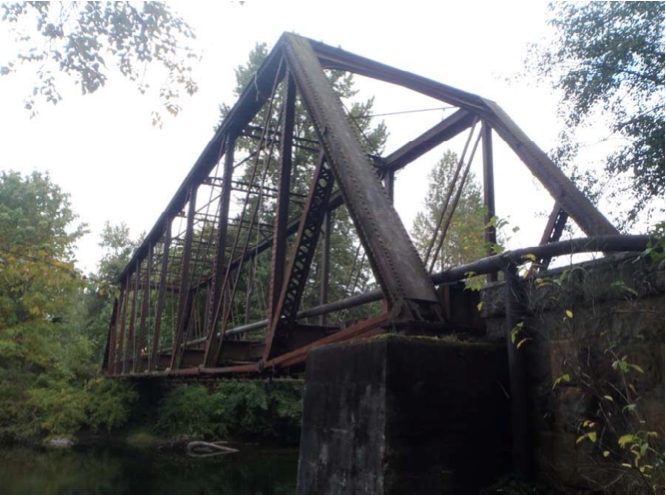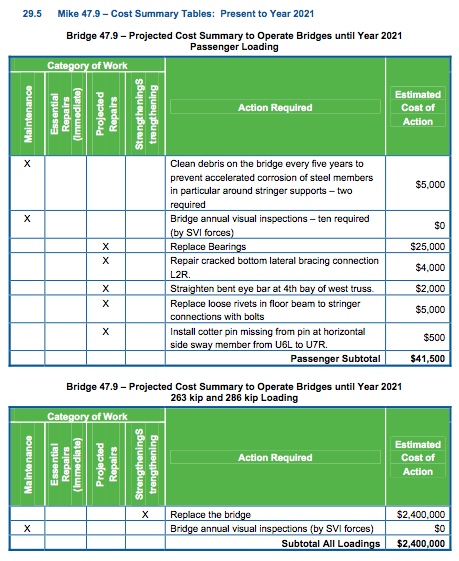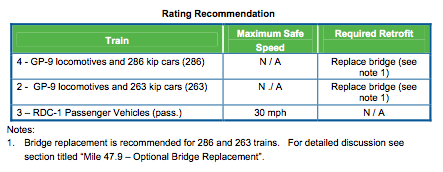UPDATE: January 8 2013
According to reports to VIFreightbyrail and news reports on CTV News Vancouver Island, the Chemainus Bridge is being inspected regularly and is still good to go. Standard practice of using empty (“idler”) cars to space out heavy cars will be the name of the game. Service to Top Shelf will continue.
Here is the CTV Vancouver Island News report:
A possible bad start to the new year. There have been news reports (though links have since become unavailable Times Colonist article here) that there are serious issues with the Chemainus River Bridge.

Shutting down this bridge would mean Southern Rail of Vancouver Island would not be able to serve their largest and most loyal customer Top Shelf Inc. (A grain distributor). News reports have also indicated the rise in costs by moving to trucking might put Top Shelf in financial dire straits.
Whether the bridge is actually closed and Top Shelf cutoff remains to be seen, but with this news coming out, it is clear repairs are desperately needed.
The closure of the bridge would not be of great surprise. The Bridge Assessment Reports done in 2012 singled out the Chemainus Bridge as needing immediate replacement at a cost of $2.4 Million in order to sustain freight traffic.
Below are the relevant graphics from that report (Page 170):
It is unclear whther the $3.2 Million recently committed by the Regional District and others for Bridge repairs includes the $2.4 Million for replacing the Chemainus Bridge. Whether other work can be shifted or redirected from the $20.9 Million total in track and bridge repairs so that replacement of this bridge can happen ASAP is also unclear but VIFreightbyrail will try to find out.
What should be crystal clear now is that this infrastructure is on the brink. We need the repairs to the railway to happen before it is too late.
Below are the projected costs for the Passenger and Freight loadings. Note that while it says it’s only out to 2021, because the Bridge is recommended to be replaced, if it is replaced it would be sufficient for at least 50 years without further identified needs.


